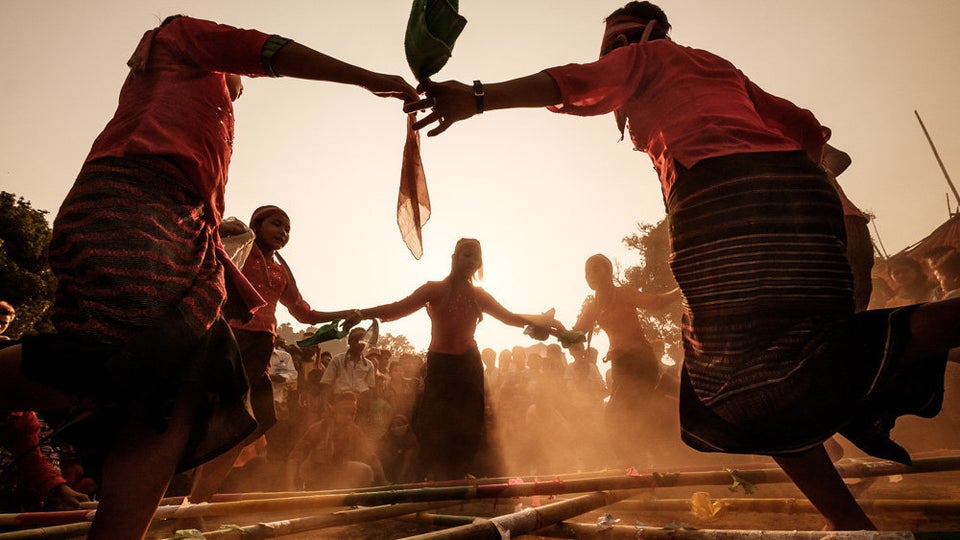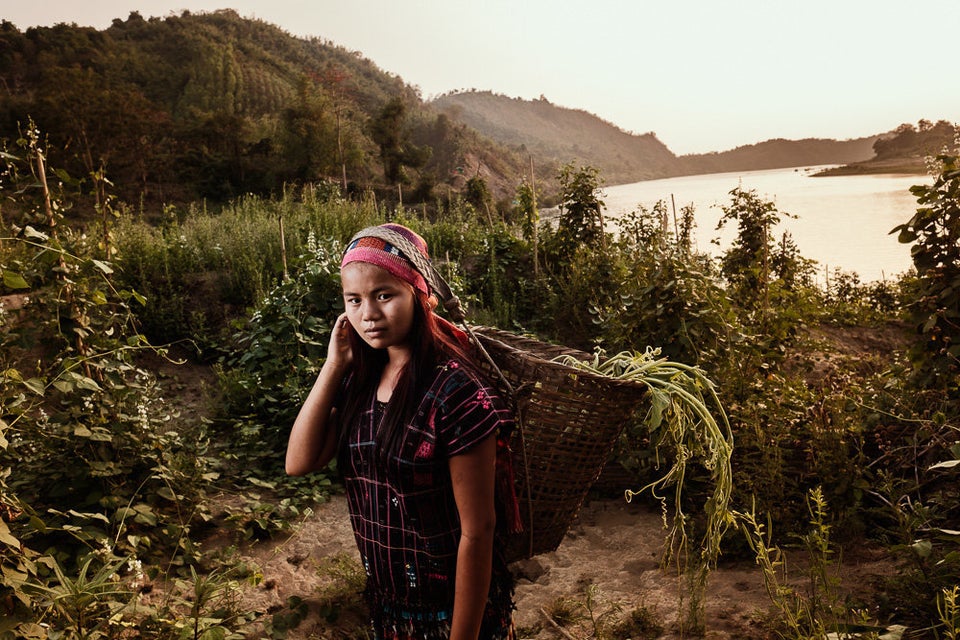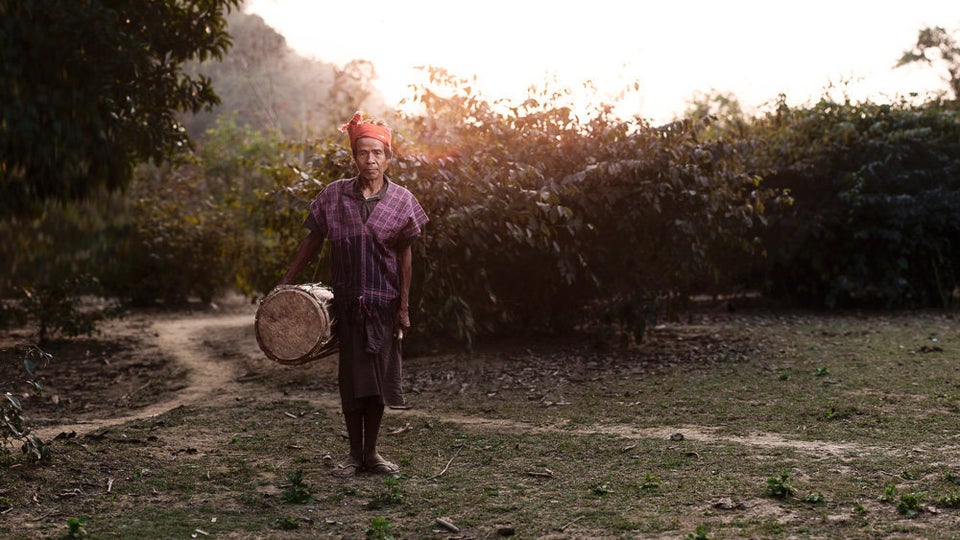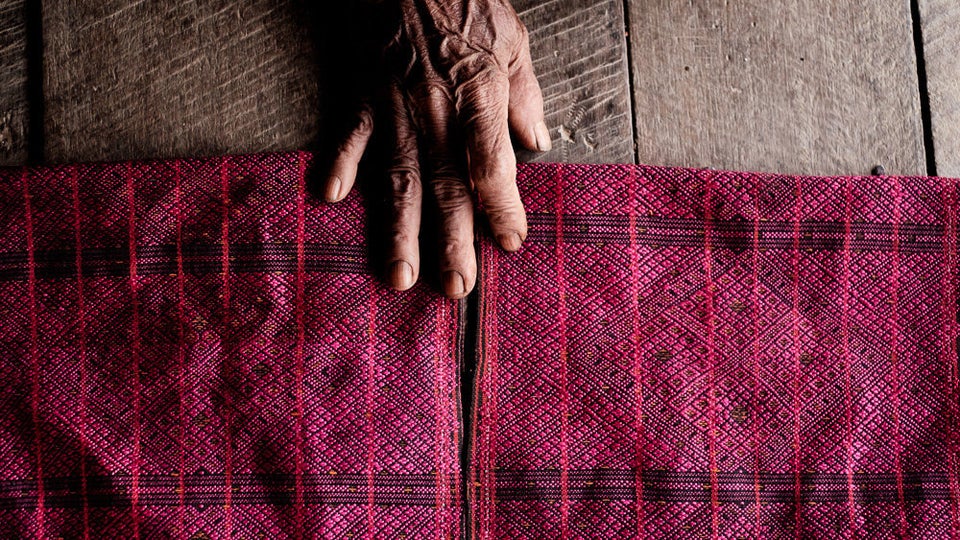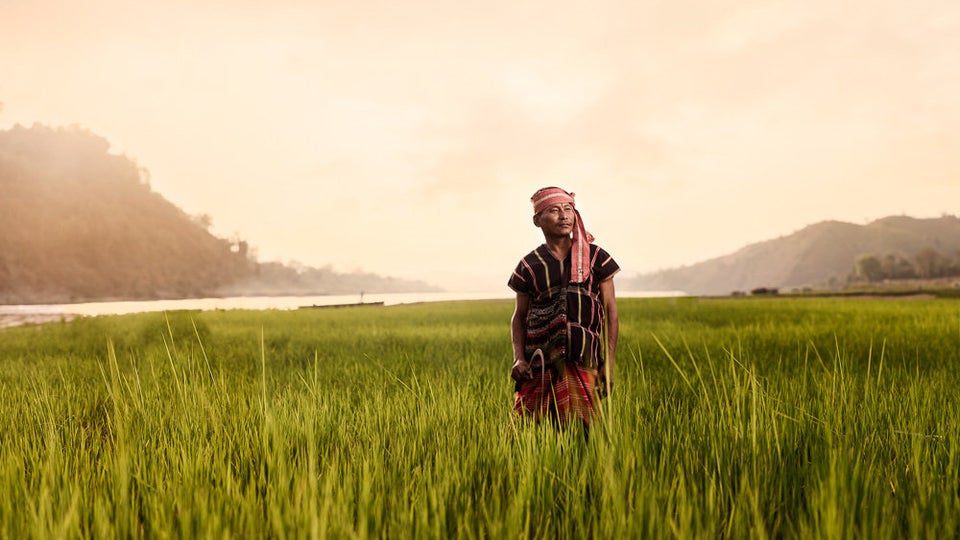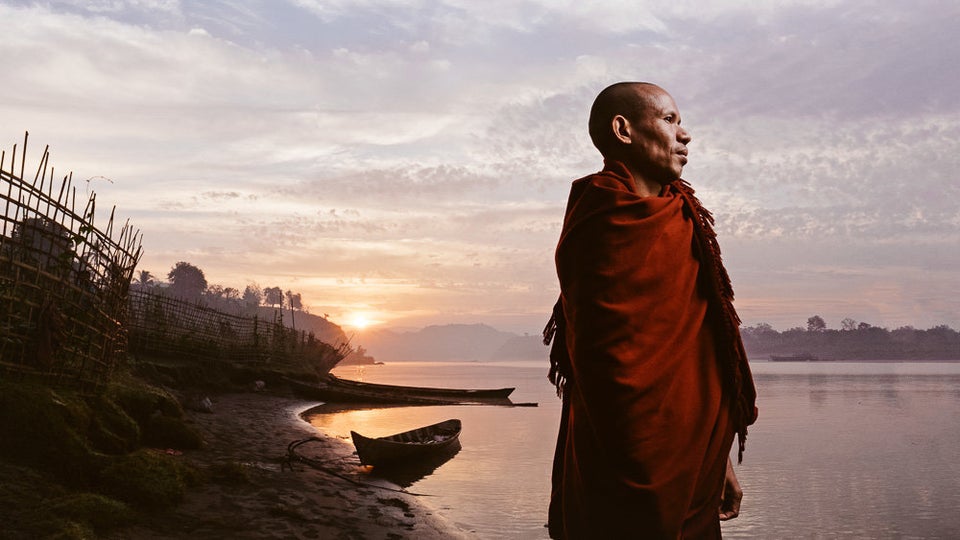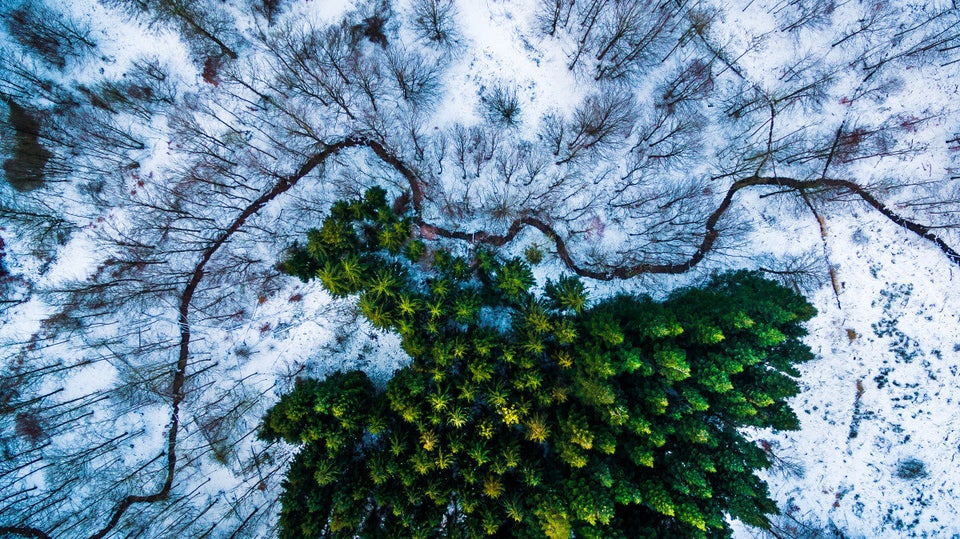For the women of Myanmar’s Lai Tu Chin tribe, face tattoos are a coming-of-age ritual that has long been part of the people’s tradition. Parallel lines form geometric patterns that spread like spiderwebs across the faces of Lai Tu Chin women, growing ever fainter as they age. In 1976, however, the military faction ruling the Lai Tu Chin region banned the ceremony moving forward, meaning the current generation of tattooed women, called Hmäe Sün Näe Ti Cengkhü Nu, will be the last.
Australian photographer Dylan Goldby, who lives and works in Seoul, has long been interested in gentrification and the stories and lives that get left behind as a result. When he learned about the disappearing tradition of face tattoos among Lai Tu Chin people, Goldby knew he wanted to document the last generation of elderly women, whose faces told stories that might soon disappear.
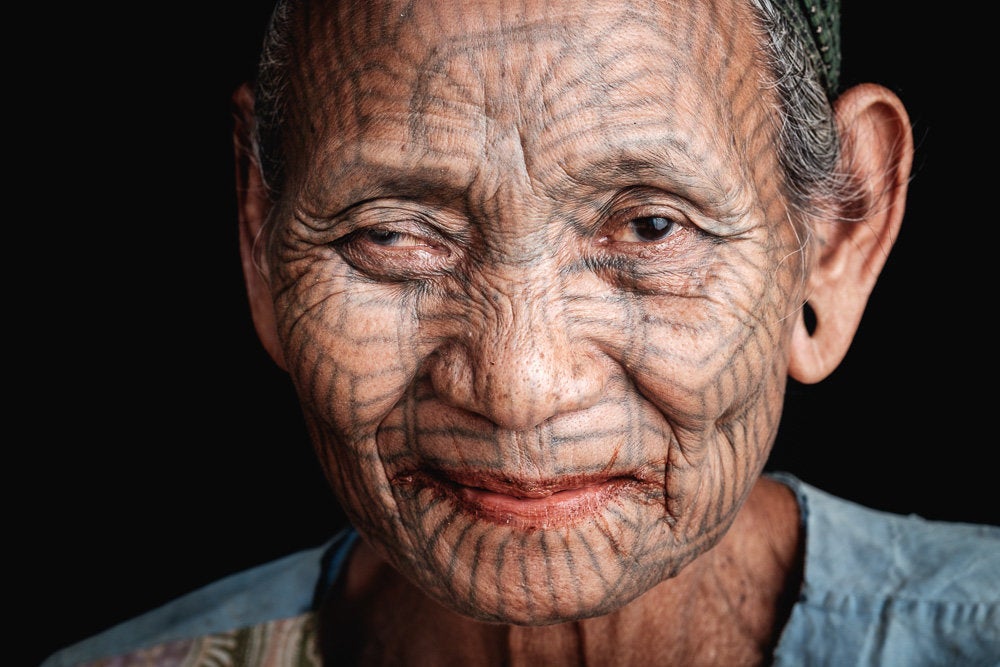
The photographer met the Lai Tu Chin tribe, which often kept out of tourists’ view, for the first time in June 2015. He knew right away there’s was a story worth capturing. “They were open, they shared interesting stories, and there really wasn’t much known about them,” Goldby explained in an email to The Huffington Post. “I was compelled to make something, and the rest just took care of itself in a way. There was never really a question of if I would do the project, only when.”
With the help of anthropologists and individuals who spoke the Chin language, Goldby returned to the villages of the Lai Tu Chin, around Mrauk-U in Myanmar’s western Rakhine state, the following February. Although he faced many practical challenges ― being far from home and away from dependable power sources, for example ― it was the language barrier that proved the most trying.
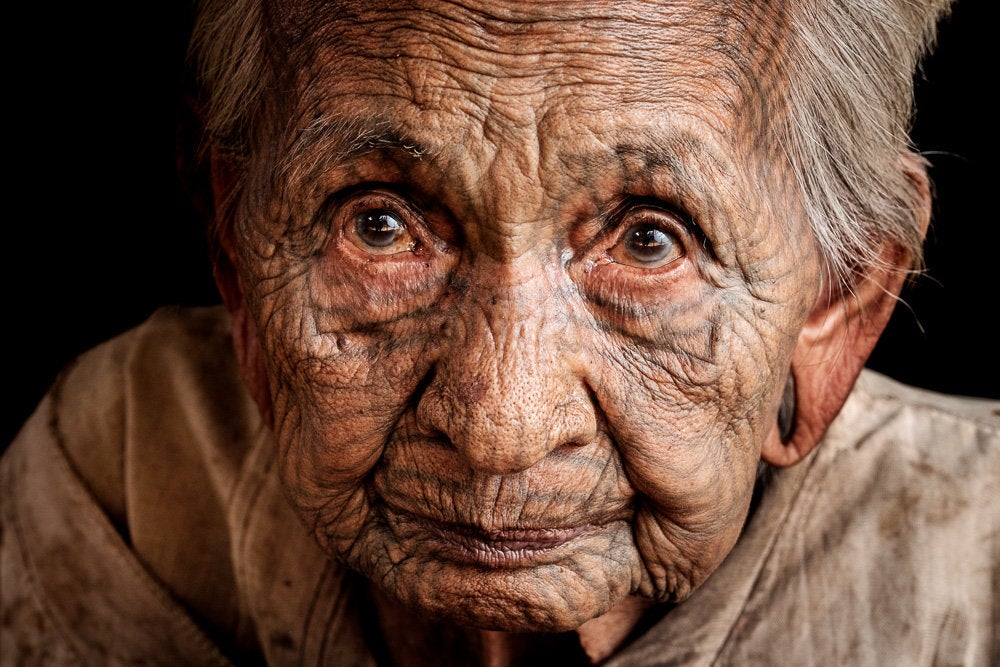
The problem wasn’t just that Goldby wasn’t himself familiar with the Lai Tu language. Rather, it was the nebulous parameters of the language itself. “There are no official guidelines for the language for the Lai Tu people,” he said. “Each village would have its own dialect and often pronunciation that varied from person to person. Coupled with the lack of an official writing system up until now, this made transliteration of simple things like names and cultural terminology extremely difficult.”
Through collaborating with members of the government as well as the Chin tribe committee, Goldby managed to procure accurate transliterations of the Lai Tu dialect to include in his archives. “Language was the toughest thing,” he explained, “because not only should it be comprehensible by our English language readers, but the words used in the Lai Tu dialect of the Chin language should maintain their meanings when the written form of their language becomes prevalent.”
Goldby documented the thoughts and words of his subjects as well as their images. “I didn’t care about the pain, because all the girls looked so beautiful with their tattoos,” one subject, Bout Chai, said.
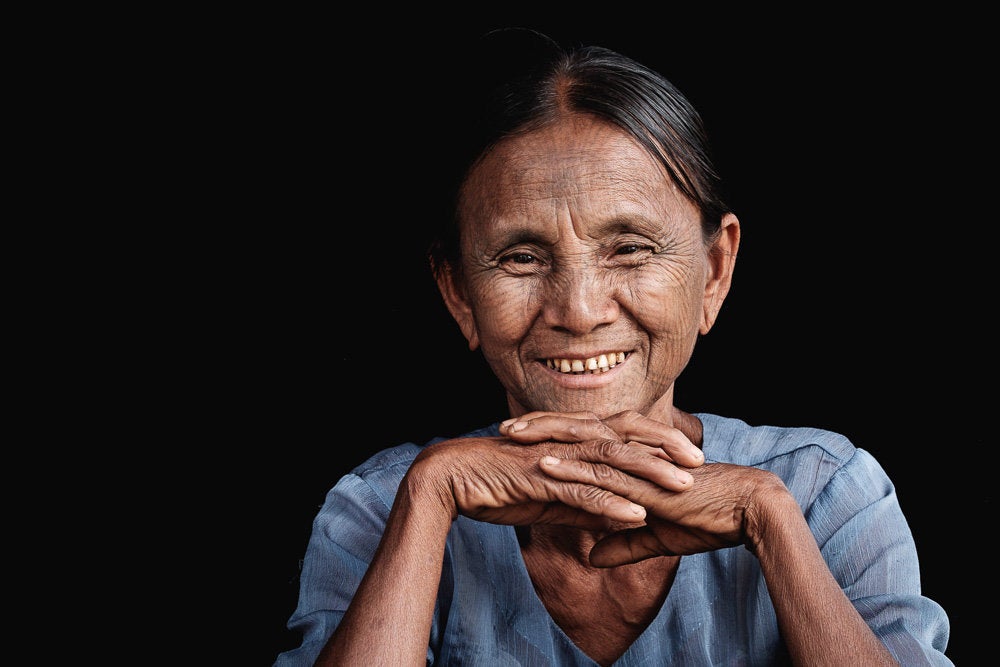
In his photographs, Goldby captures the last living generation of Lai Tu women with facial tattoos. The ink is made from natural ingredients, as Goldby explained to Slate, including the soot from cooking lids. Although the image of geometric patterns spread across a woman’s face is surely striking, the photos capture so much more. With his close-up portraits, Goldby depicts a changing world, a dying way of life, and the last living embodiments of past traditions.
“The main goal of this project was to promote the importance of the Lai Tu Chin culture,” Goldby expressed. “As with all cultures of the world, it is changing. The modern world and access to information have wrought changes that we cannot undo. However, I firmly believe that it is important to maintain knowledge of our own unique cultures. This is just one tribe within a nation of minority ethnicities, but they are a unique and beautiful part of the human race.”
You can purchase a photography book of Goldby’s work, titled Hmäe Sün Näe Ti Cengkhü Nu. Proceeds from the book will support efforts to provide clean drinking water and education for the Lai Tu Chin people.
